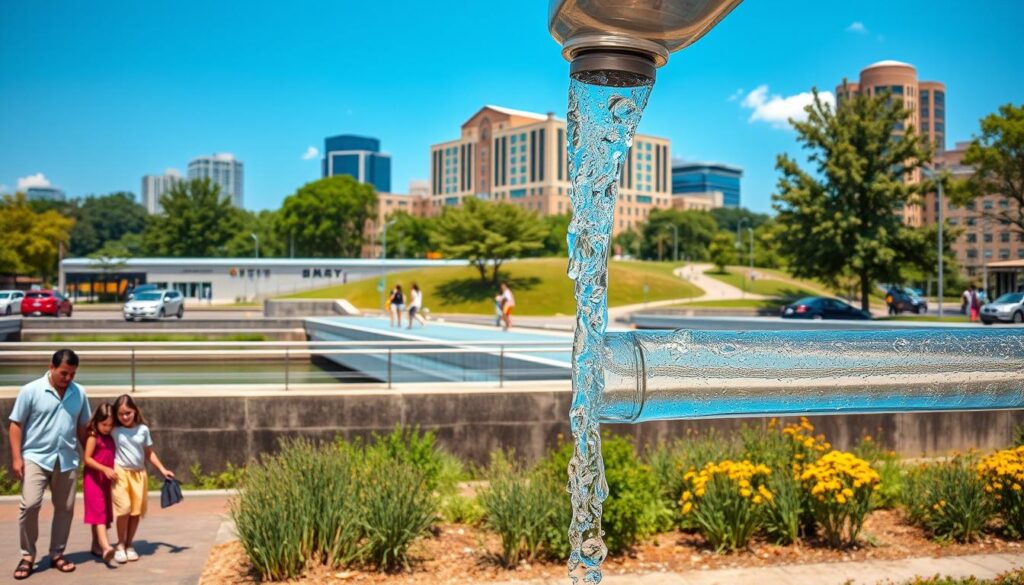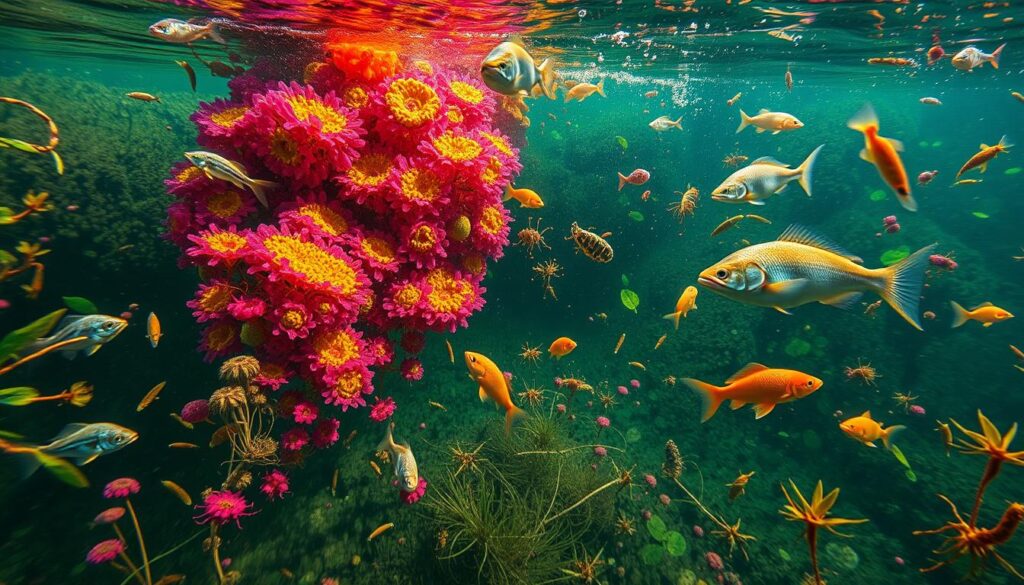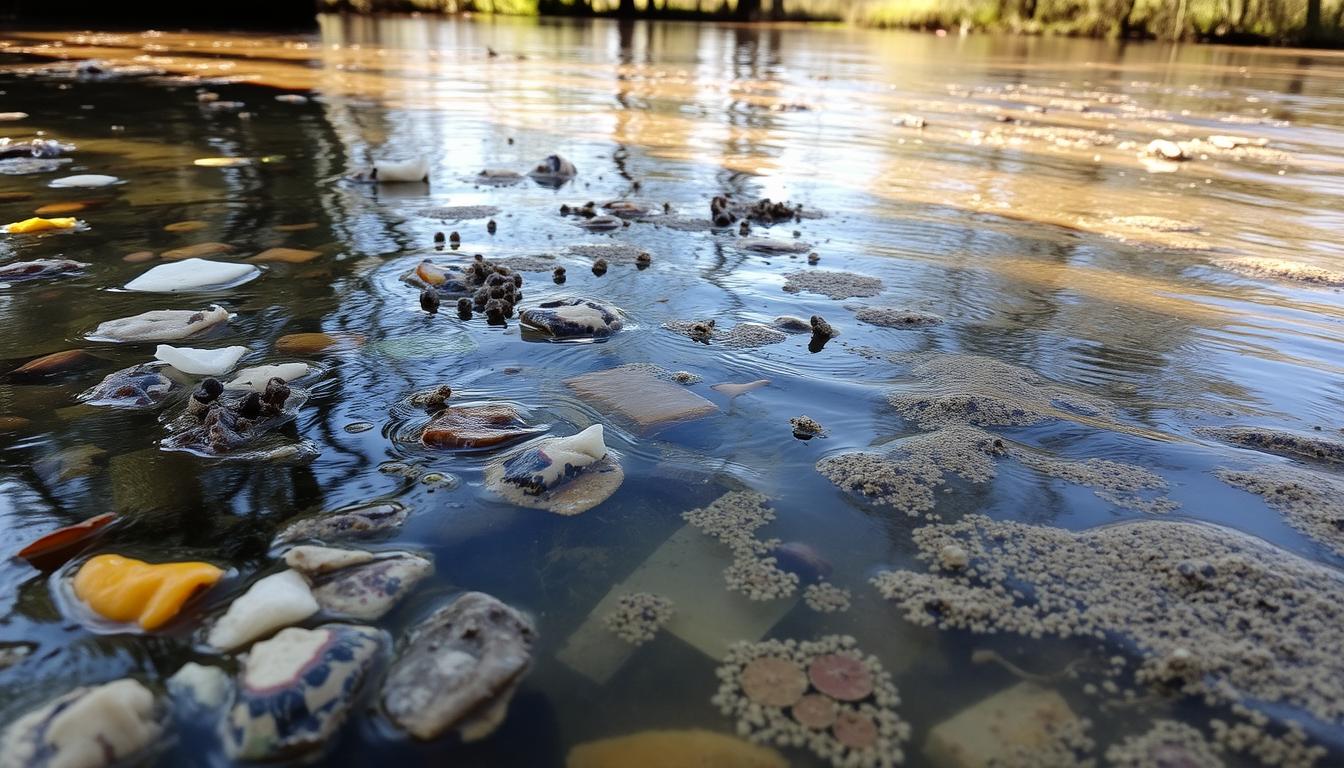Reading Time: 7 minutes
Every day, millions of families unknowingly serve contaminated water in their homes. From making baby formula to preparing dinner, unsafe water could be putting your loved ones at risk. This guide reveals what might be hiding in your tap water and simple steps to protect your family from local water contaminants.
Table of Contents
Quick Local Water Contaminants Checklist
- When did you last review your local water quality report?
- Do you know which local water contaminants affect your area?
- Have you tested your tap water in the past year?
If you answered “no” to any of these, keep reading. Your family’s health could depend on it.
Why Local Water Contaminants Put Your Family at Risk
While focusing on organic food and clean air, many families overlook their most critical daily resource: water. Whether your home relies on city water or a private well, local water contaminants could flow through your tap without warning.
Common Risks:
- Lead and heavy metals from old pipes
- Bacteria from groundwater
- Industrial chemicals and pesticides
- Naturally occurring toxins like arsenic or radon
Potential Health Effects of Local Water Contaminants:
- Developmental issues in children
- Reproductive health risks
- Gastrointestinal illnesses
- Increased cancer risks
What Local Water Contaminants Might Be in Your Water?
Local water contaminants depend on your area. Here’s a simple breakdown:
| Source | Risks | Common Local Water Contaminants |
|---|---|---|
| Surface water | Agricultural/industrial runoff | Pesticides, fertilizers, bacteria |
| Groundwater (wells) | Natural toxins, poor monitoring | Arsenic, radon, bacteria |
| Urban areas | Old infrastructure | Lead, industrial chemicals |
| Rural zones | Farming activity | Nitrates, pesticides, bacteria |
How to Check for Local Water Contaminants
tep 1: Read Your Local Water Quality Report
Your Consumer Confidence Report (CCR) is available annually from your local water supplier. Look for:
- Detected local water contaminants
- Source of contaminants (natural, industrial, agricultural)
- Health risks
If you’re on a private well, you need to arrange testing yourself.
Step 2: Test Your Water for Local Contaminants
Testing options:
- Home Test Kits ($20-$100) – Basic screening for bacteria, chlorine, pH
- Professional Lab Analysis ($100-$500) – Precise results for metals, chemicals, bacteria
Test annually or immediately if taste, odor, or color changes.
Simple Solutions to Reduce Local Water Contaminants
- Use Point-of-Use Filters – Affordable filters (under-sink, faucet, pitcher) remove many local water contaminants.
- Consider Whole-House Systems – If you’re in a high-risk area, a whole-house filter may protect all taps.
- Boil Water – Only effective against biological contaminants, not chemicals or heavy metals.
- Stay Informed – Sign up for local water alerts and community updates about local water contaminants.
Regulatory Standards: Your Protection Against Water Contamination

EPA Guidelines and Standards
The Environmental Protection Agency sets Maximum Contaminant Levels (MCLs) for drinking water quality:
Primary Standards (Health-Based)
- Microbiological: No detectable E. coli in samples
- Chemical: Arsenic ≤ 10 μg/L, Lead ≤ 15 μg/L
- Radiological: Radium ≤ 5 pCi/L
Secondary Standards (Aesthetic)
- Taste and odor: No objectionable levels
- Color: ≤ 15 color units
- pH: 6.5-8.5 range
State-Specific Regulations
Many states have stricter standards for water quality:
- California: Stricter PFAS limits
- New Jersey: Lower arsenic limits
- Massachusetts: PFAS monitoring requirements
🚨 What Happens During Violations
When water contamination exceeds limits:
- Immediate notification to customers
- Corrective actions within 24-48 hours
- Follow-up testing to verify improvement
- Public meetings in severe cases
7-Day Family Water Safety Action Plan
- Day 1: Download your local water report
- Day 2: Identify your water source (city/private well)
- Day 3: Order a basic home water test kit
- 4: Test your water and note any local water contaminants
- Day 5: Review results and research contaminants
- Day 6: Install a filter suited to your water type
- Day 7: Teach your family about local water contaminants and safety basics

Frequently Asked Questions About Water Quality
Q1: How do I know if my water quality is unsafe?
A: Compare the amounts detected to EPA Maximum Contaminant Levels (MCLs). Even amounts below MCLs may be of concern for sensitive individuals like pregnant women, infants, or immunocompromised household members. If unsure, consult your health care provider about particular drinking water contaminants in your area.
Q2: Is contamination worse in rural or urban communities?
A: Both have their own set of challenges. Rural communities usually battle agricultural runoff, arsenic, and unregulated private wells. Urban communities usually struggle with industrial contaminants, lead pipes, and pharmaceutical residues. The issue is knowing your unique water quality concerns.
Q3: Can boiling water kill contaminants?
A: Boiling kills bacteria and viruses but will not remove chemical water contamination like lead, arsenic, or PFAS. Boiling will actually concentrate these chemicals. For general protection, use proper filtration systems suited to your specific contaminants.
Q4: How often should I test my water quality?
A: Private wells: Analyze for bacteria, pH, and nitrates every year, and for chemicals every 3 years. Municipal water: Review annual reports, but do your own testing if you notice a difference in taste, odor, or color, or if your home has old pipes.
Q5: Are expensive water purification systems worthwhile?
A: Investment depends upon your own water quality test data and your home’s health needs. A $2,000 unit will be worth it if it removes damaging contaminants, especially for homes with infants or health needs. Start with testing to determine what treatment you actually need.
Q6: Could water contamination hurt my pet and my plants?
A: Definitely! The majority of drinking water contaminants toxic to humans also harm pets and plants. Arsenic, lead, and too much nitrates create health issues for pets. Chlorine and salt kill sensitive plants. Consider treatment systems that protect your entire family.
Q7: What if I discover hazardous water quality issues?
A: Action immediately: Switch to bottled water for drinking and cooking. Short-term: Install appropriate filtration. Long-term: Report to local health authorities, organize neighbors to treat the source, and sue if contamination is caused by negligence.
Q8: Are there any naturally occurring ways to reduce water contamination?
A: While natural methods like activated carbon or sand filtration might eliminate certain pollutants, they are not sufficient for serious contaminants like heavy metals or bacteria. Professional systems are required for full protection.
Conclusion: Your Next Steps for Safe Drinking Water
Toxins in your local water are a silent threat too many families do not take seriously. With knowledge of your specific threats, testing your water, and having the right type of filtration system, you can protect your loved ones from harmful substances that could affect their health for decades to come. Taking a proactive stance isn’t just intelligent—it’s crucial for your family’s health.
Remember: clean water starts at home. Take action today and make your tap water safe, clean, and free from local water pollutants.
Take Action Today
Start your plant-based water purification journey:
- Subscribe to our Newsletter – Receive expert tips, case studies, and exclusive content on sustainable gardening and water quality solutions
Already using plants for water treatment? Share your experience in the comments below!

